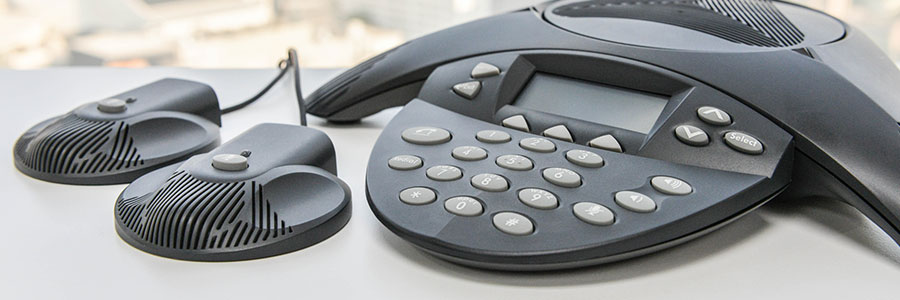Despite often going undetected, theft of service is the most common type of fraud for phone systems that use the internet to make calls. How does it affect an organization’s VoIP network and how can businesses prevent or minimize the risk of this type of fraud? Let’s take a closer look.
What is VoIP theft of service?
What you need to know about your VoIP’s QoS

Voice over Internet Protocol (VoIP) has become a popular communications solution for small- and medium-sized businesses. There are so many providers and services to choose from, but how do you pick the right one? One crucial factor you should look into is a vendor’s Quality of Service, or QoS.
What is QoS?
VoIP providers and IT experts define “Quality of Service” as the overall performance of a VoIP system or network.
Mobilize your VoIP

VoIP solutions are a great way to save costs and increase productivity, especially when it comes to remote and mobile workers. With business trends like Bring Your Own Device (BYOD) policies, companies using VoIP in their offices needed to expand their remote communication capabilities in order to hold their own against competitors.
What does the lifespan of a business phone system look like?

Although digital communication tools let businesses connect with customers and other stakeholders in an efficient manner, telephones are still used to communicate with important business stakeholders. And for many organizations, determining whether to use internet phones or legacy systems remains a concern.
Successful cloud migration for unified communications

There are several benefits to migrating your unified communications (UC) to the cloud. These include better business agility, disaster recovery, greater mobility, increased efficiency and reliability, and better customization, just to name a few. To ensure that cloud migration is successful, your organization needs to do the following.
Improve communication by dealing with VoIP issues
How much does a VoIP system cost?

There are so many VoIP phone systems in the market that you’re bound to come across a few with similar features and add-on services. This might tempt you to compare their prices and purchase the more affordable option. But don’t just look at the initial price of the VoIP system; you must also look at the total cost of ownership (TCO).
What is TCO?
TCO is the overall sum of procuring, deploying, and operating a VoIP system over its life cycle, which is typically five years.




